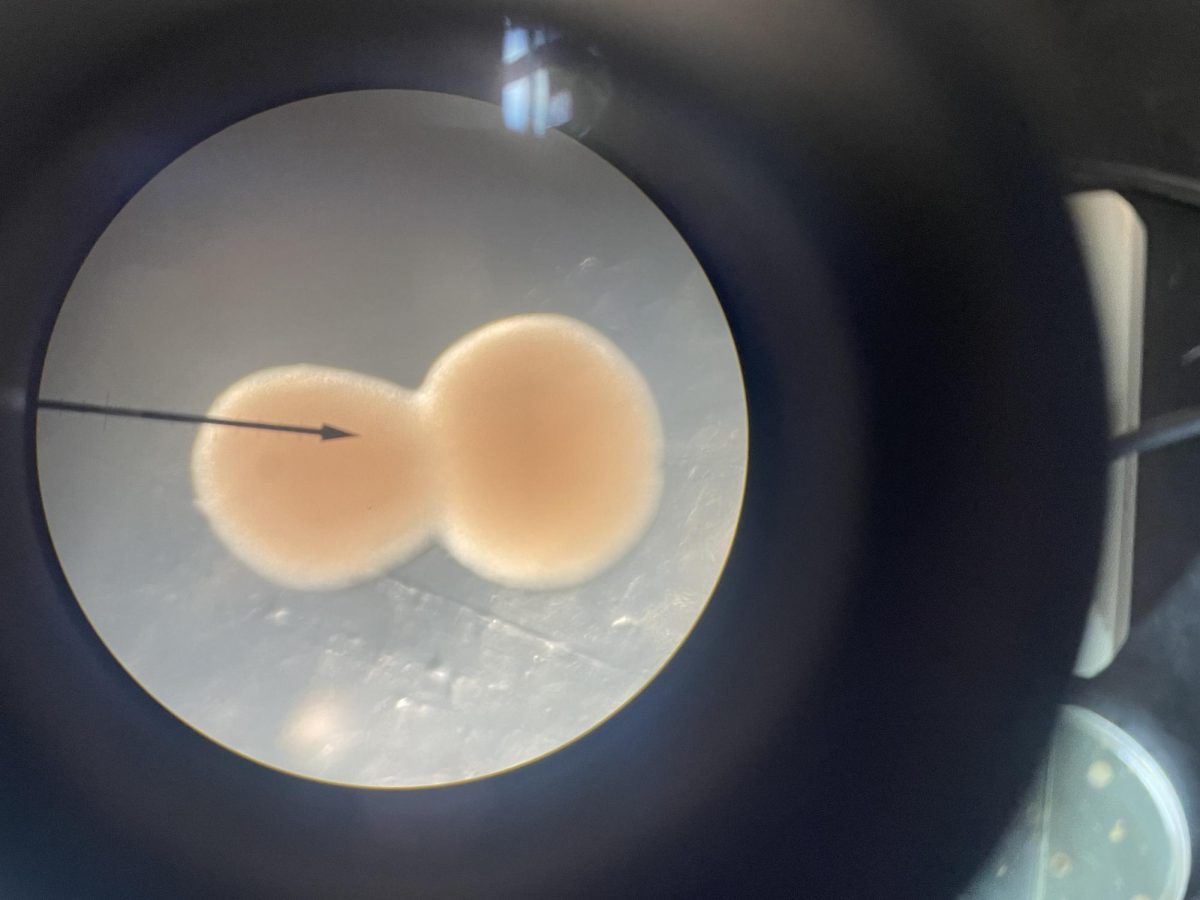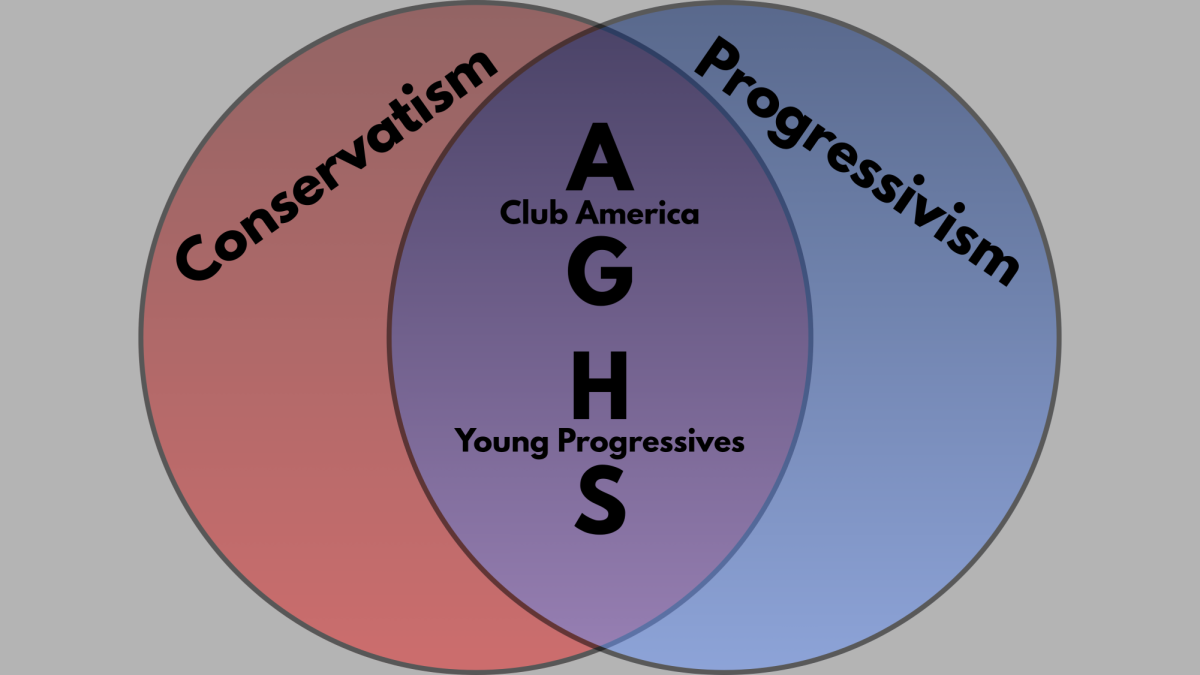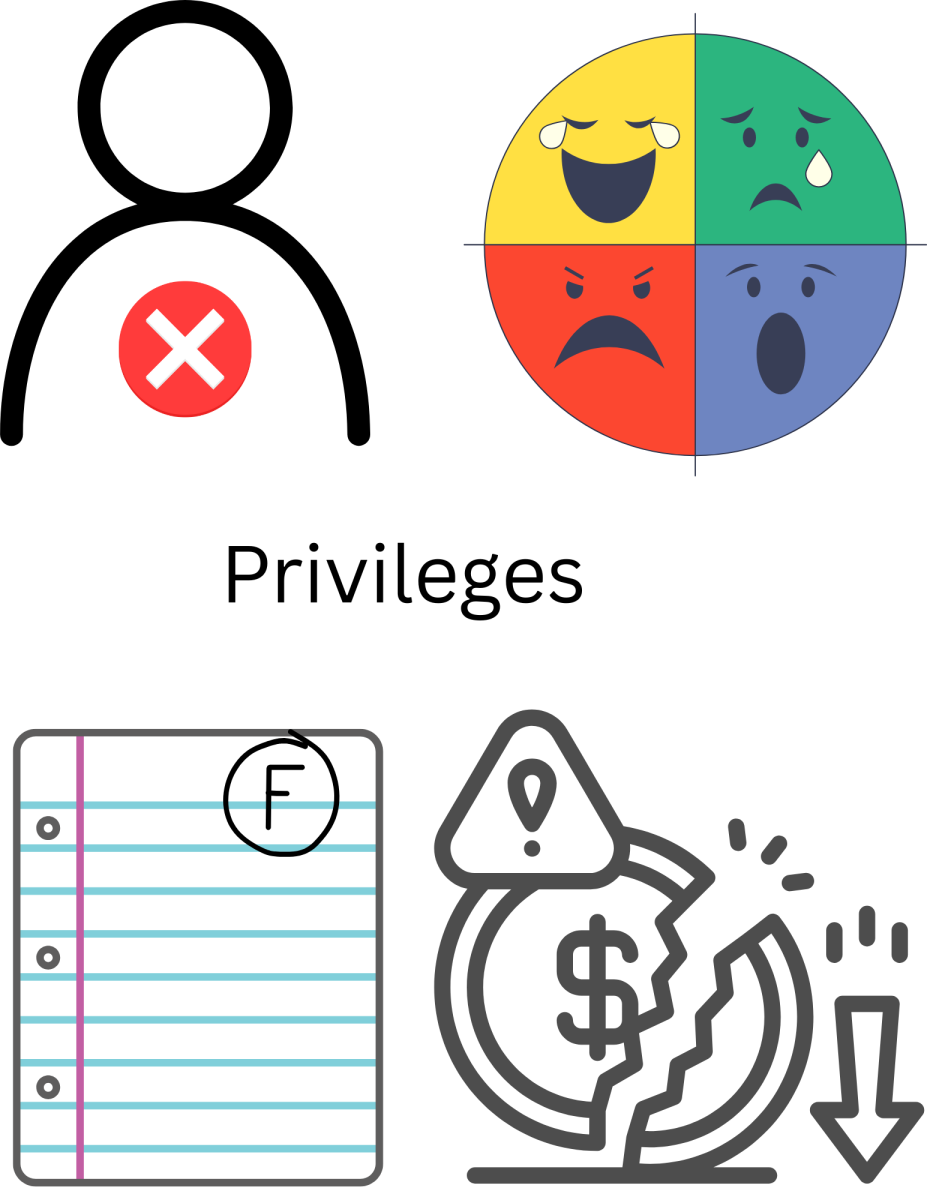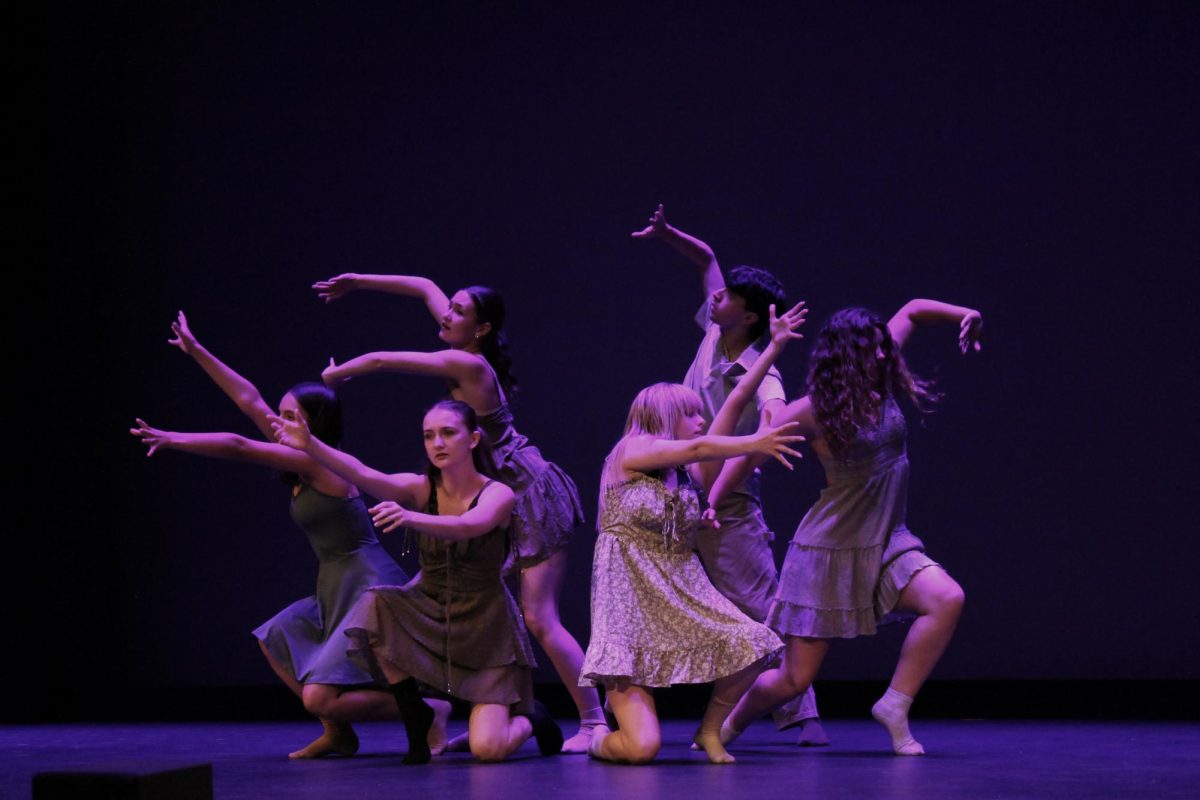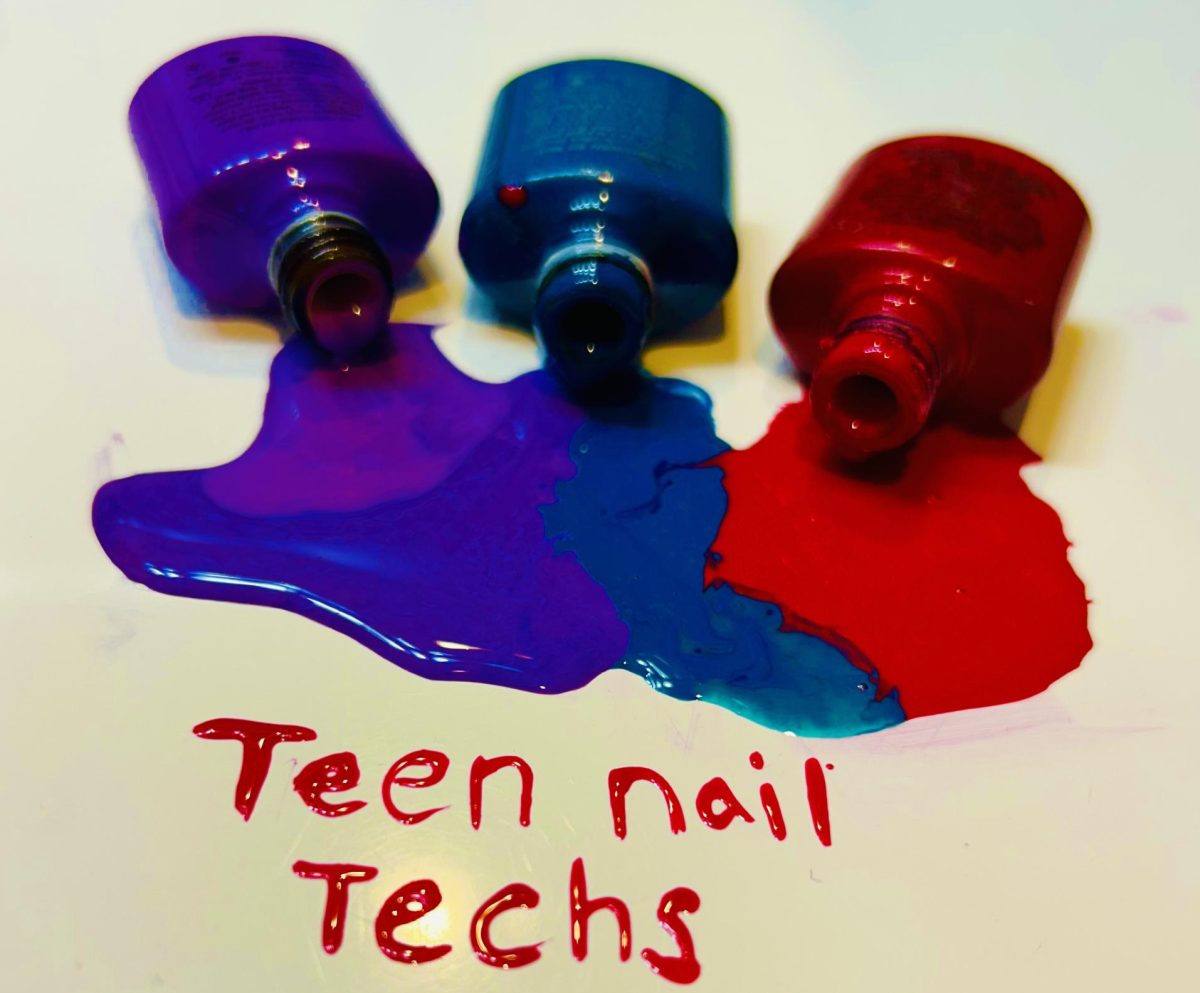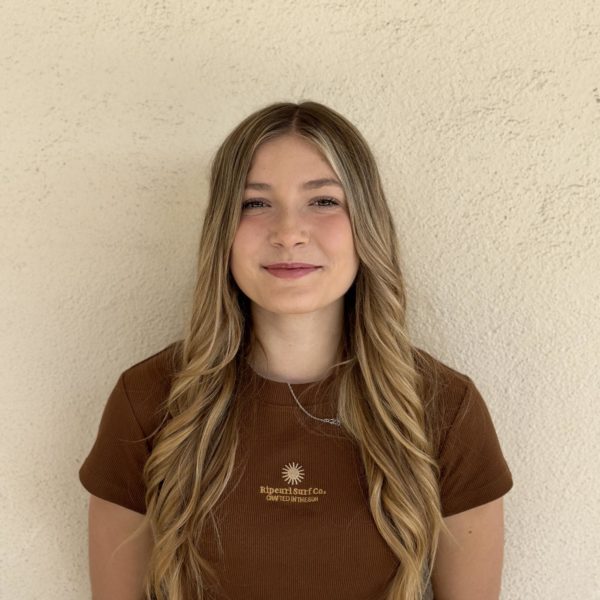Many students are familiar with the moment they grab the bathroom pass, reaching for it on the wall after signing out, when suddenly, their fingers brush a wet spot on the wooden pass. The student’s hand shoots back and they ask themselves, before grabbing it again: is it really water?

Our team set off to determine how students hold the bathroom pass. By “setting off”, we scooted down the 300’s wing on rolly chairs to bombard students trying to go to the bathroom. The question “Do you hold your bathroom pass by the wood, string or both” filled the hallways. Many students and staff seemed curious and confused as to what we were doing by sitting next to the bathroom tallying up the results.
After a long exhausting period, we scooted back to Mr. Callaghan’s classroom to draw conclusions. With a total of 42 annoyed string holders, 7 impatient wood holders, and 19 confused holders of both the string and the wood, string holders came out on top. It was decided that the string was the most touched surface of the bathroom pass. 
A random selection of classes was then chosen to take samples of the bacteria that would grow from both the wood and the string of the bathroom passes. The samples were taken from Mrs. Wade, Senor Schmidt, Mrs. Boos, Mr. Traylor, Mr. Holst, Mrs. Montero, Mr. Hubert, and Señora Naus.
The following day, we set out to collect their samples. Using sterile swabs and prepared agar dishes, the two zoomed around campus, swabbing the selected passes. In order to show a comparison, we had a willing student, Dylan Fitzpatrick (‘24), breathe on one of the Petri dishes to create a control group. Our colonies began to grow after leaving our samples in the incubator for the weekend.
On Monday we were shocked and delightedly disgusted to find a wide assortment of colored bacteria growing in the incubator.
The trio then began to examine the colonies, photographing the microscopic organisms. After day four, the images of the Petri dishes and microscopic images were sent to Professor Pat Fidopiastis at Cal Poly for examination of bacteria and microbes.
“Two of the most commonly isolated bacterial genera on high contact surfaces are Staphylococcus and Micrococcus. Common species that are detected from these two genera are S. epidermidis and M. luteus. The species name “epidermidis” obviously refers to it being a common skin inhabitant,” Fidopiastis said.
With the bathroom passes being a high-contact surface, it would be expected that these common species would be detected.
“On countertops around the sinks, we often find an array of skin microbes (Staph and Micrococcus). Occasionally, in the area around the toilets and in sink drains we find typical fecal bacteria like Escherichia coli (E. Coli),” Fidopiastis said.
The team did not test for E. Coli, but it should be noted that there is a potential for there to be since the passes are used in the bathroom where students do not often wash their hands, may put their pass on the floor, or on the sink top where potentially there might be remnants of feces.
“It’s possible that the orange colony on [Schmidt’s pass] is M. roseus (a common species),” Fidopiastis said. “M. luteus forms mustard yellow colonies, similar to the yellow growth on [the string of Traylor’s pass]”.
Other organisms were found in the samples as well.
“Hurtado wood and string and Wade wood appear to be magnified images of mold colonies. The images show extensive filaments, which are the hyphae that make molds,” Fidopiastis said.
Due to the usually dry environment of the wood, most bacteria and microbes wouldn’t live long on the surface, making it so there is a decreased chance of really harmful bacteria arising.
“I would also expect common soil microbes in the genus Bacillus to appear on your samples. Bacillus species often show up in my environmental samples,” Fidopiastis said.
These samples of soil microbes don’t just come from the soil but are nastily transferred by hands and other body parts that may be touching the bathroom pass.
“A student’s hands might get contaminated with soil containing Bacillus bacteria. The person then touches the bathroom pass, transferring Bacillus from their hands to the bathroom pass. A bathroom pass is dry and has no nutrients. So, eventually, the Bacillus will die, but it can leave behind a spore. When you swabbed the pass, you could have picked up the spore and deposited it onto nutrient agar. The spore then germinated into a live bacterium, that began to replicate and form a colony on the plate. The large white colonies on Traylor’s and Holst’s look a lot like Bacillus colonies,” Fidopiastis said.
Despite the large amount of bacterial growth, Fidopiastis came to a safe conclusion.
“Although the plates show some microbial growth, I don’t see anything unusual or alarming, especially given how many students probably touch those surfaces in a given day,” Fidopiastis said.
After gaining this insightful information, we began to show images of the bacteria to the corresponding classroom where they originated from when many teachers expressed an avoidance of going near the pass.
Despite the condition of the passes, Jason Schmidt believes that students would still use the passes even after learning what is really on them.

“It’s a risk they are willing to take because getting out of class is more important than getting sick,” Schmidt said.
Still, the authors believe that the cleanliness of these passes could be better, and routine cleaning could limit bacteria and microbe transfer to students.
Christian Holst suggests that cleaning the passes could be done efficiently after school.
“Maybe [cleaning the passes] is something the custodians could [do] because they hit every room every day,” Holst said.

Many teachers acknowledge that they have never touched or cleaned the bathroom passes. After showing them the results, they are less likely to clean them, because of how “gross” they were perceived to be.
“I do not personally ever clean my bathroom pass. I also make sure I don’t touch it. Many teachers know because there are kids just swinging it around. Or it might fall in the toilet,” Hurtado said. “They’re just swinging it around their neck or whatever”.
With the introduction of the five-star system, the contact with the bathroom passes could be limited, and prevent the spreading of germs from student to student.
Emilija Miskovic (‘24), a student we questioned on her way to the bathroom, expressed concern over the state of the passes.
“That’s gross and we should probably not use them,” Miskovic said after being shown images from the bathroom pass she was holding.
Another student, Matthew Anderson (’26) was shown the images and walked to the bathroom holding the least amount of the bathroom pass as possible.
“Yeah, I don’t wanna touch [the passes] anymore,” Anderson said.

